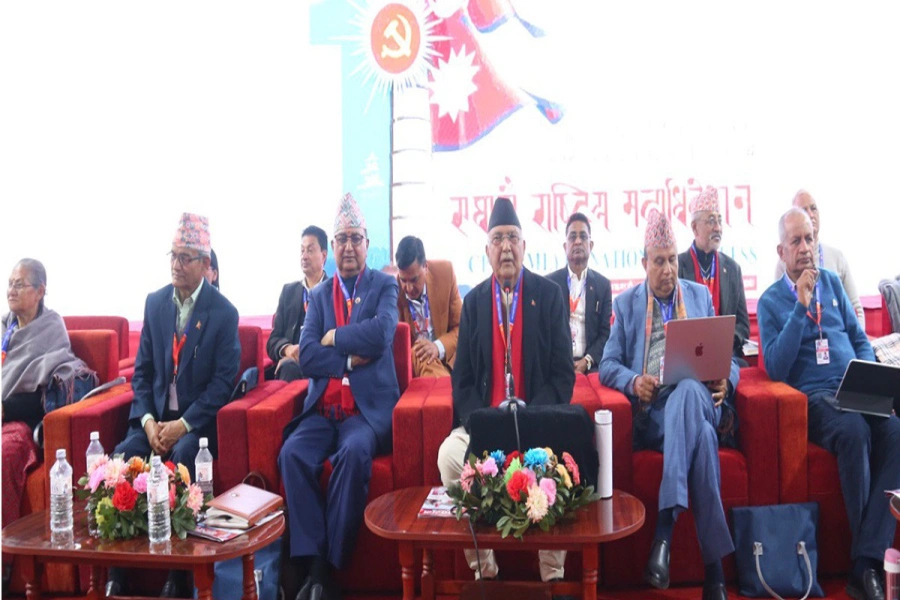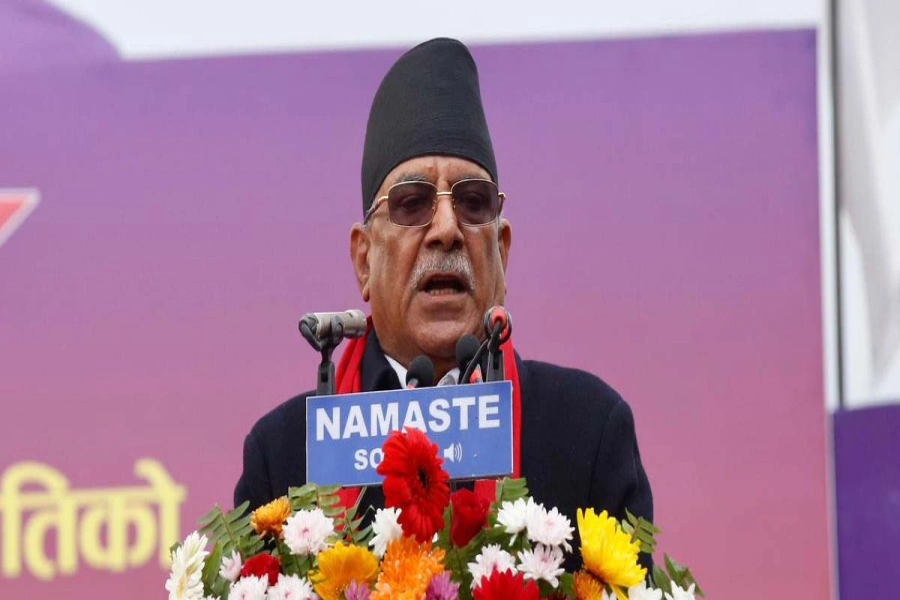GANDAKI, Sept 2: The shrinking habitation of vultures in Pokhara has emerged as cause for concern, for it is leading to the extinction of the birds known as nature's scavengers.
Vultures' major habitats in Pokhara and surrounding jungle areas are depleting rapidly due to human wanton encroachment upon public land and fast haphazard urbanization. It is what the ornithologists as well as nature conservationists are worrying about.
Challenges are mounting to protect the vultures from vanishing since the landfill sites where these birds scavenge on carrion are shifted or shut down. The landfill site at Chinenanda at Pokhara Metropolitan City-15 of Kaski district was relocated elsewhere. As a result, vultures are no longer seen here.
In recent years, many species of vultures have been disappearing with the increasing urban development in the Pokhara Valley. Deforestation is another reason contributing to the decreasing number of the birds listed in the critically endangered species.
VULTURE

The absence of tall trees such as Saal where these birds build nests are being cut down while developing human settlements around Pokhara city. All these factors are behind the extinction of the birds of prey.
Industrial pollution and depletion of water bodies are further pushing vultures to the brink of disappearance. There are as many as 23 species of vultures found across the world. Among them, Nepal is home to eight species of vultures.
An estimated 10,000 of Himalayan species of vultures were found in Nepal as per the latest vulture census, while the white-rumped and dongor vulture's number stands at 2,000. Likewise, 500 golden vultures are found. The number of small gray vultures is around 50 to 75.
The vulture census recently conducted in various places in Pokhara and Tanahu spotted around 40 to 50 vultures in old landfill sites. Chairperson of Pokhara Bird Society, Manshanta Ghimire, said that the vultures were found dead due to consumption of dead cattle treated with Diclofenac, a drug.
He explained that vultures' kidneys stop functioning after the consumption of Diclofenac-fed carrion of cattle treated with Diclofenac and they die. The drug that was used in the treatment of animals has been banned since 2063 BS.
Amidst this, ornithologists call for the conservation of near-extinct nature's scavengers which play a key role in making the environment pollution-free, and odour-free by eating the dead and discarded flesh.
(RSS)





































